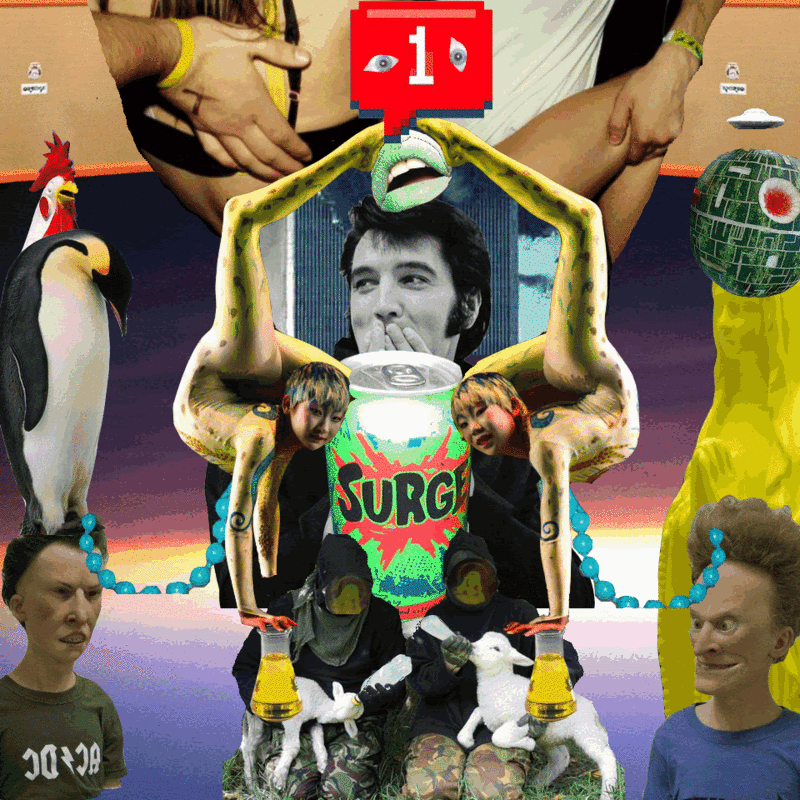Augustin Lesage was born in Saint-Pierre-lez-Auchel in northern France, and spent his early life as a laborer in the coal mines. Then one evening in 1911, when he was thirty-five years old, he heard a voice underground that told him “Un jour, tu seras peintre” (One day, you will be a painter).
A year later, partly through his involvement in Spiritualist circles, Lesage began communicating via automatic writing with “spirits,” including one he believed to be his sister Mary who had died in childhood. The spirits told him:
The voices you heard were real. You will be a painter. Fear not, and heed our advice. You will find it ridiculous in the beginning, but we are the ones tracing through your hand. Do not try to understand.
The voices proceeded to tell him which colors and brushes to buy, and where to order a canvas. Lesage ordered a small canvas, but when it arrived, it measured three meters square. He wanted to cut it into smaller pieces, but the voices stopped him.
For the next two years, he came home from the mines every night and went to work, letting the spirits guide his hand. He began in the upper right corner and gradually filled the entire canvas (which is now in Jean Dubuffet’s Collection de l’Art Brut in Lausanne). The composition was built by filling in small areas at a time. The spirits did not let him evaluate the work in its entirety: part of the canvas remained rolled as they guided his hand. ”It was like working without working,” the artist recalled.
In July of 1913, Lesage interrupted his work in the mines to do some faith healing; a move that got him in hot water with French authorities who charged him with illegally practicing medicine. The testimony of his dozens of successful clients helped acquit him in 1914 and later that year he was deployed for WWI, where he continued to make drawings on postcards.
In the years following the war, Augustin Lesage was visited by Jean Meyer, director of the Spiritualist journal La Revue Spirite. Meyer became his patron, and in 1923 Lesage was able to quit working in the mines and devote himself to painting.
Like the paintings themselves, Lesage’s position within art history is peculiar. Though held in high esteem by the Surrealists, Lesage’s legacy is strong but obscure: of the 800 canvases he left behind, most have seldom been exhibited abroad. English-speaking audiences are hard pressed to find any information on the artist.
Lesage’s patterns are unmistakable. After noting the symmetry of the first large canvas, he began organizing his compositions along a central axis, building complex geometric structures in horizontal layers from the center outward.
http://www.google.com/search?as_st=y&tbm=isch&hl=en&as_q=augustin+lesage&as_epq=&as_oq=&as_eq=&cr=&as_sitesearch=&safe=images&tbs=isz:l&tbo=d&biw=1122&bih=764&sei=WwfQUKbiJoLzygGd1oGAAw

















































